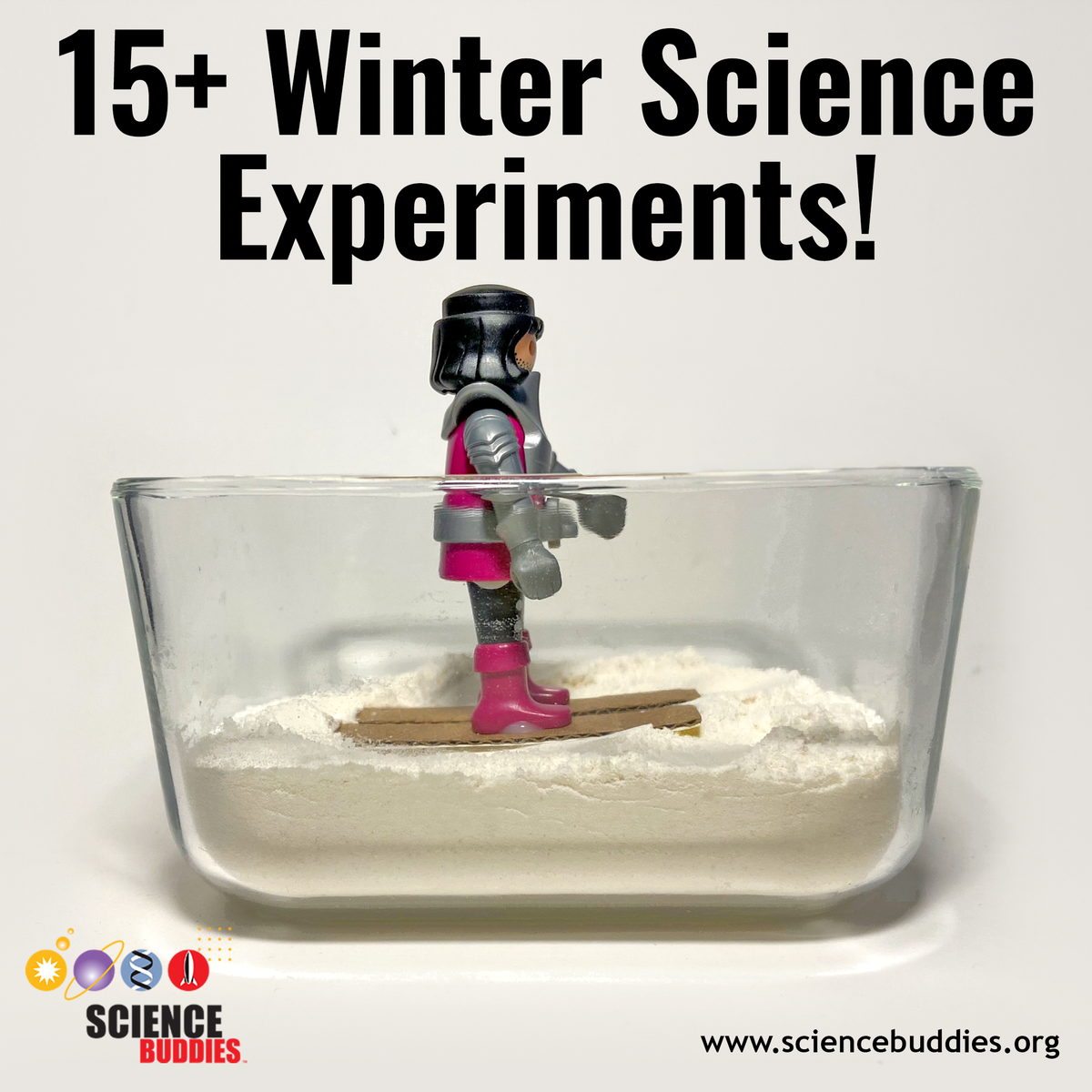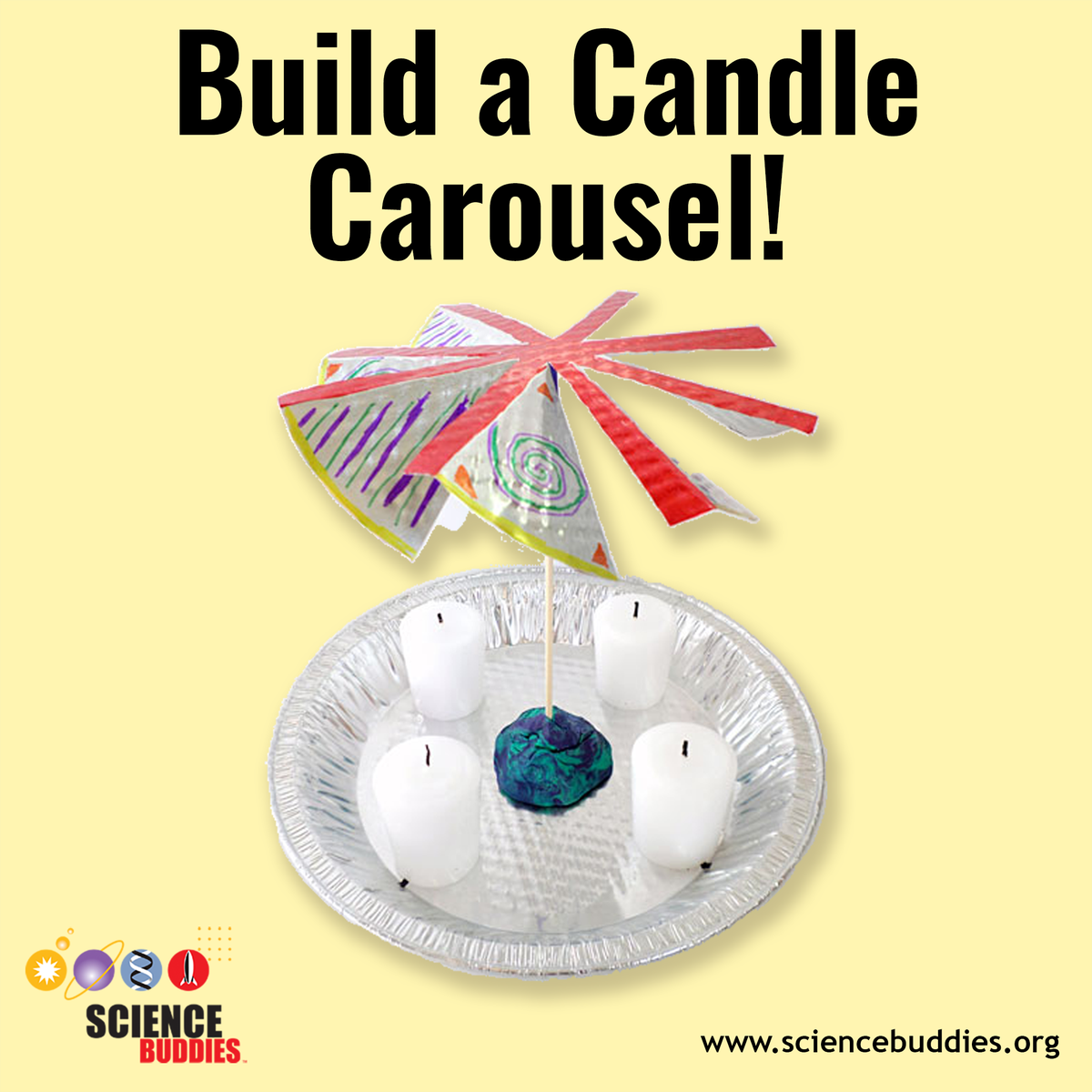Winter Science Projects, Lessons, and STEM Activities
Warm up with hands-on science and engineering! Match winter's cold weather, snow, and ice with these free lessons and activities for engaging hands-on STEM.
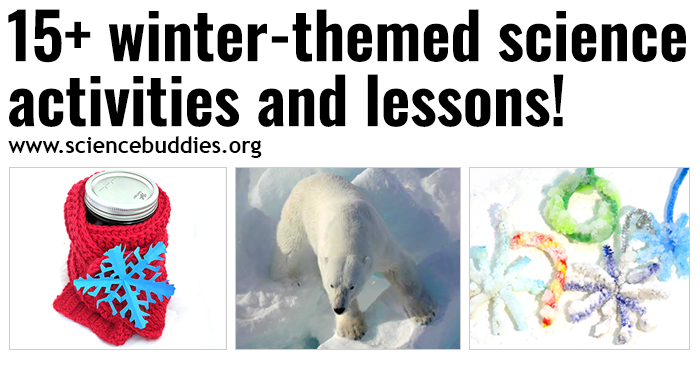
STEM Activities to Bring Winter Themes to Science Class
1. Make Foamy Snow
In the Foaming Fake Snow activity, students use baking soda and water to make fake snow they can then use to make snow people or other small sculptures. Like real snow, the fake snow won't last. What happens when they pour vinegar over a "snow" creation? Be sure and snap photos of the sculptures before they melt!
2. Detect Static Electricity with a Homemade Electroscope
The zap of static electricity is especially common in the winter. In the Measure Static Electricity With An Electroscope! activity, students find out why by making and using a simple electroscope—a device that detects electric charges—to explore static electricity.
3. How Animals Stay Warm
How do animals like polar bears and penguins in Antarctica stay warm in the winter? In the How Do Arctic Animals Stay Warm? activity, students learn about thermal insulation and the different layers of an animal's "winter coat."
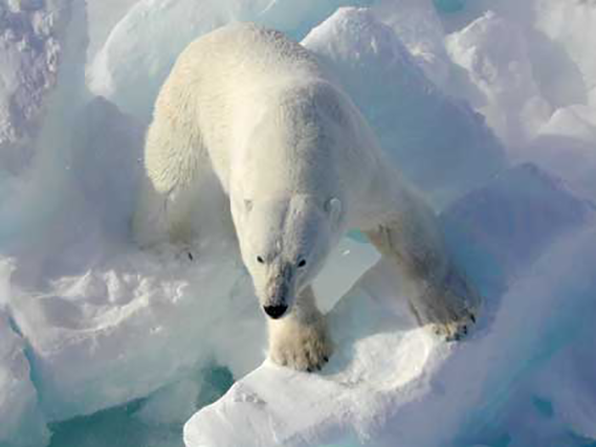
4. 3D Printing with Royal Icing or with Sand & Glue
With the 3D Print with Icing: No 3D Printer Required! and 3D Print with Sand: No 3D Printer Required! activities, students can "3D print" small winter-themed shapes (or "parts") using royal icing or sand & glue. These activities model the way 3D printers build up ("print") shapes layer by layer.
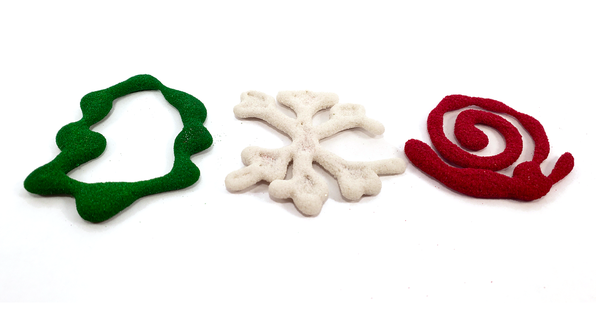
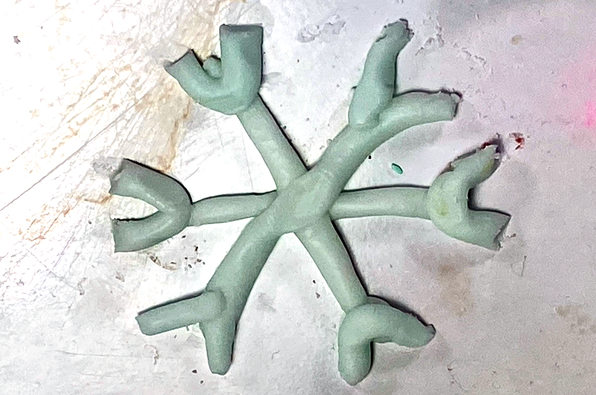
5. Make a Ski Lift
In the Hit the Slopes: Build Your Own Ski Lift engineering design project, students construct their own mini ski lift and explore the physics behind how a pulley works.
6. Make a Candle Carousel
In the Take a Candle Carousel for a Spin project, students make their own candle carousel with an aluminum pie pan and then experiment to see how the number of candles relates to how fast the carousel spins.
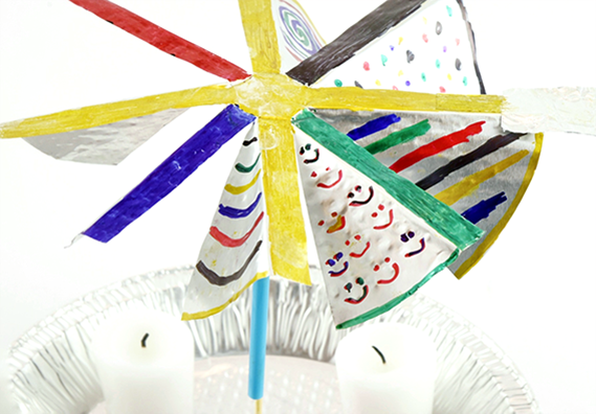
7. Ski Science
Have you ever wondered why skis are designed the way they are? In the Why Are Skis So Long? activity, students use a toy action figure to investigate. Using a container of flour and skis made from cardboard, students experiment to see how the length and shape of skis help keep the figure from sinking in the pretend snow.
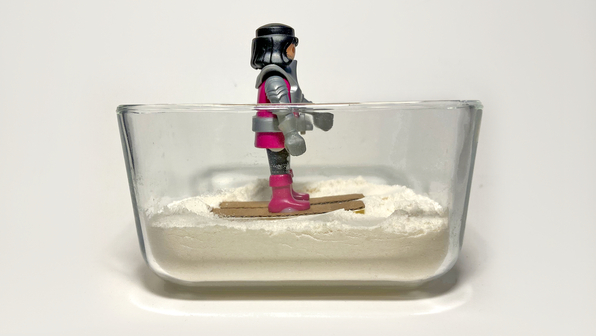
8. 3D Print a Snowflake Ornament
Explore the symmetrical structure of snowflakes and then use Tinkercad to design and print a snowflake ornament. The Design and 3D Print a Snowflake activity guides students through this 3D printing experiment.
9. Grow Crystals in Fun Shapes
In the How to Grow the Best Crystals activity, students grow crystals using Borax and water and investigate the role temperature plays in the process. For a creative wintry spin, kids can grow their crystals in winter-themed shapes.
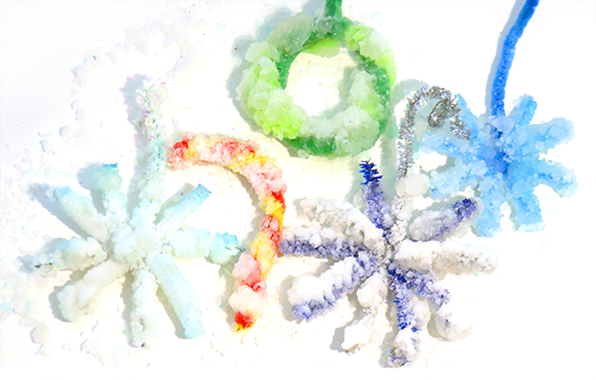
10. Make a Homemade Thermometer
In the Make a Thermometer to Study the Temperature lesson, students make a simple thermometer they can use to observe differences in temperature at different times of the day. These thermometers can be used as part of a larger classroom weather station, too, for a comprehensive weather unit. An activity version is also available for informal or home use.
11. Make a Custom Night Light
The sun sets early during winter months. In the Make a Night-Light electronics activity, students set up the circuit and then design and build a custom night-light.
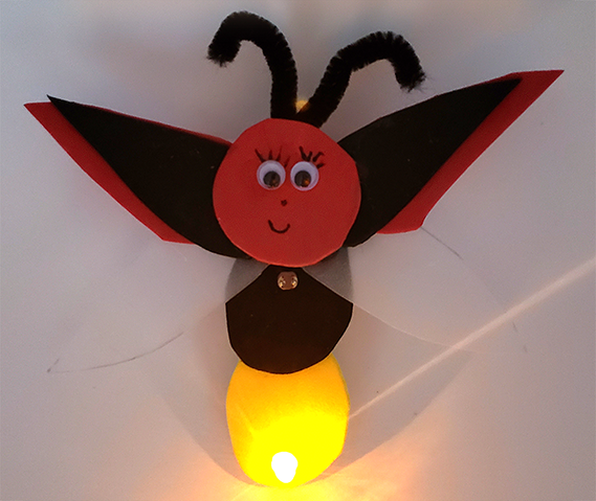
12. Homemade Marshmallows
Hot cocoa is a classic treat after being outdoors on a really cold day. In the Make Your Own Marshmallows activity, students make their own marshmallows and experiment to see how changes to the recipe alter the size and texture of the marshmallows. For a different spin on marshmallow science, see the Puffing Up Marshmallows activity.
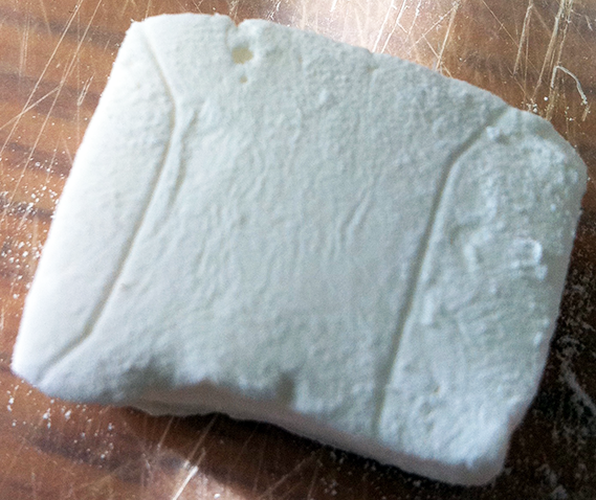
13. Colorful Patterns in Melting Ice
In the Colorful Patterns in Melting Ice activity, students observe how the patterns created in melting ice differ when salt or salt water is added. With a bit of food coloring, this simple science activity can be mesmerizing to watch.
14. Slippery Slopes
What does the slope of a snow-covered mountain have to do with an avalanche? In the Slippery Slopes and the Angle of Repose activity, students model small avalanches and explore how the angle of repose varies for different materials.
15. An Ice Cube "Magic" Trick
In the Use Chemistry to Lift Ice Cubes activity, students learn about freezing point depression and see how a bit of salt can make it possible to lift ice cubes with just a piece of yarn.
16. Stay Warm with Thermal Insulation
In the Stay warm with thermal insulation activity, students experiment to see how thermal insulation works in our jackets and clothes to help keep us warm.
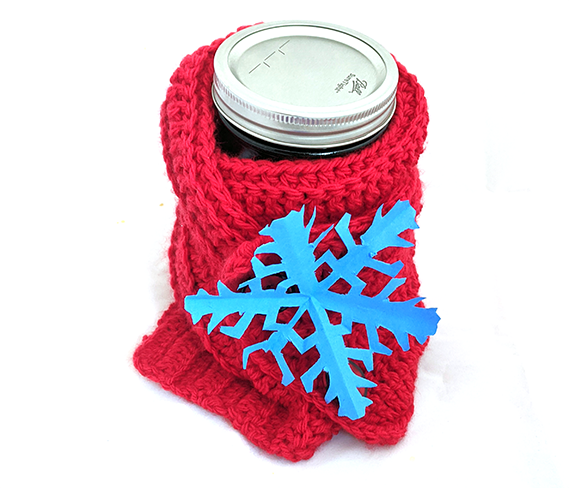
17. Maple Candy
When it comes to winter treats, maple is a popular flavor. In the Maple Syrup Candy activity, students make their own maple flavored candy from real maple syrup. What does the temperature of the maple syrup have to do with the kind of candy you make?
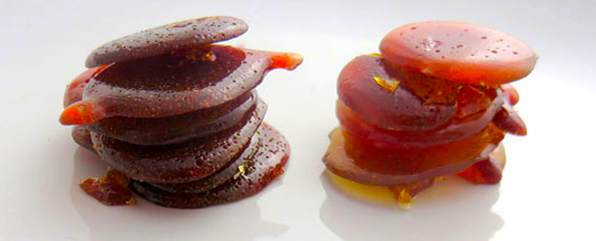
18. Pinecone Science
Pinecones can live on trees for many years before they fall. During this time, pine tree seeds grow under the scales. In the Unlocking the Secrets of the Pinecone activity, students experiment to see how the scales of a pine cone work to help protect the seeds from weather and animals.
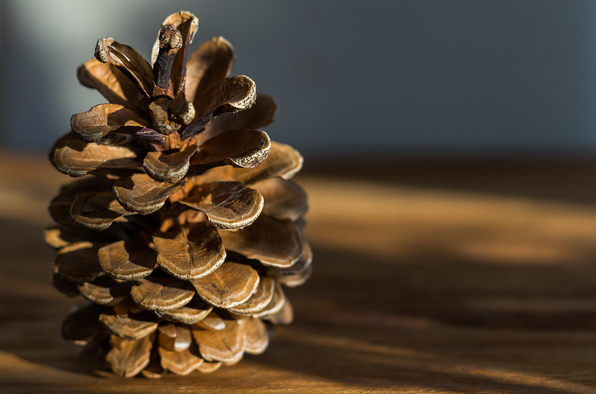
19. The Winter Season
If you teach about seasons during winter months, these lessons help younger students get a hands-on understanding of the characteristics and changes that go along with the seasons: Birthday Season Weather Report and What Season Is This?. Also, in the The Reasons for the Seasons project, students use graph paper and a flashlight to investigate the role the tilt of the Earth plays in creating the seasons.
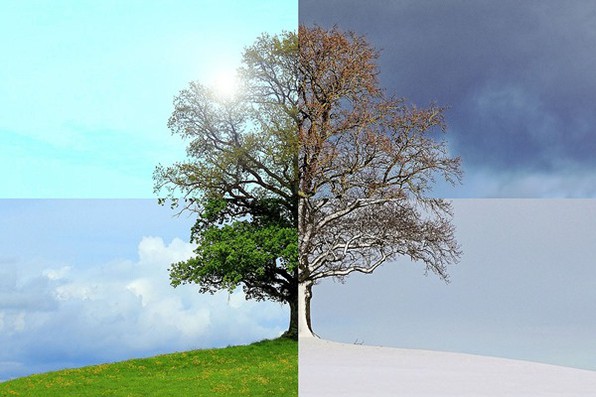
Thematic Collections
Collections like this help educators find themed activities in a specific subject area or discover activities and lessons that meet a curriculum need. We hope these collections make it convenient for teachers to browse related lessons and activities. For other collections, see the Teaching Science Units and Thematic Collections lists. We encourage you to browse the complete STEM Activities for Kids and Lesson Plans areas, too. Filters are available to help you narrow your search.
Categories:
You Might Also Enjoy These Related Posts:
- 25+ Earth Day Science Experiments and Activities
- Arduino Science Projects and Physical Computing
- Spring Science Projects: 26 Science Experiments for Spring
- 25+ Robotics Projects, Lessons, and Activities
- March Madness Basketball Science Projects: Sports Science Experiments
- 15 Density Science Experiments
- 6 Picks for St. Patrick's Day STEM
- Mario Day STEM — Bring Mario World to Life with Hands-on Science and Engineering Activities!










